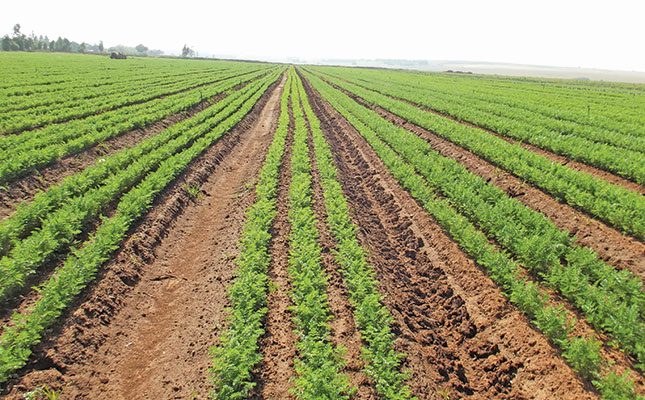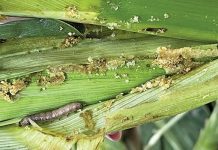
Photo: Bill Kerr
If one reads the literature on carrot fertilisation, it will state the importance of nitrogen and potassium fertilisers.
If you talk to a vegetable grower who also grows carrots, he will say that it is not necessary to fertilise carrots. So why the difference?
READ Natural fertilisers for vegetables
Recently, I mentioned that the roots of carrots have the potential to grow deeper than 2m. It will not take the roots of young carrot plants long to reach beyond the depth of conventional vegetable crops.
The plant still has a low mass at this stage and consequently has a relatively low fertiliser requirement. Residue from previous crops will usually be sufficient for this growth.
When carrots are planted in a vegetable rotation, there is a movement of fertiliser to deeper layers due to movement with soil moisture.
Some elements move down more easily than others. When carrot roots penetrate to these deeper levels, they are able to source these nutrients that are too deep for most vegetable crops to retrieve.
This is why many farmers do not apply fertiliser when planting carrots.
One of my clients, who is a regular vegetable grower, purchased land from a neighbour who occasionally planted field crops.
His first crop on this land was potatoes, which are heavy feeders with a compact root system. Consequently, the fertiliser is placed in the rows that are about 1m apart.
As he was not accustomed to applying fertiliser to his carrots, he again did not apply any after the potatoes.
He called me later in a panic as the young leaves were stunted and had a reddish colour, apart from lines in the land indicating where the potatoes had previously been planted.
The stunted carrots showed clear signs of a phosphorus deficiency, except from where the potato rows had been.
Phosphorus moves only slightly in the soil, which is why it is worked into the land mechanically before planting.
Now we had no option but to apply a superphosphate broadcast on the soil surface and hoped that it would penetrate sufficiently to reach the shallow roots. It worked and the crop was saved.
There are exceptions
So, when one says that it is not necessary to fertilise carrots, it does not apply to new soils or soils that have not been well fertilised in the past.
Exceptions are when one has had very heavy leaching rain, especially when the crop is still rather young and the nitrogen has moved to deeper layers.
When one has had such rain, look out for signs that the leaves are losing colour and apply a light dose of LAN.
READ Regulating nitrogen in vegetable crops
If the leaves have developed to their full height, it does not matter very much. Only young carrots that need to fill out their leaves to capture sunlight will need LAN.
In sandy soils one may still have to apply fertiliser, especially nitrogen, due to the lack of capacity of the soil to retain fertiliser.
In a large trial I did in order to understand carrot fertilisation, in some plots I applied no top dressing, while others had up to 800kg of 1:0:1 (47) per hectare.
These plots had huge, dark-green leaves, and the plants in the plots that received no top dressing were much shorter and lighter in colour, but the yield was the same. It was quite an eye-opener for me.
Bill Kerr is a vegetable specialist and breeder.











